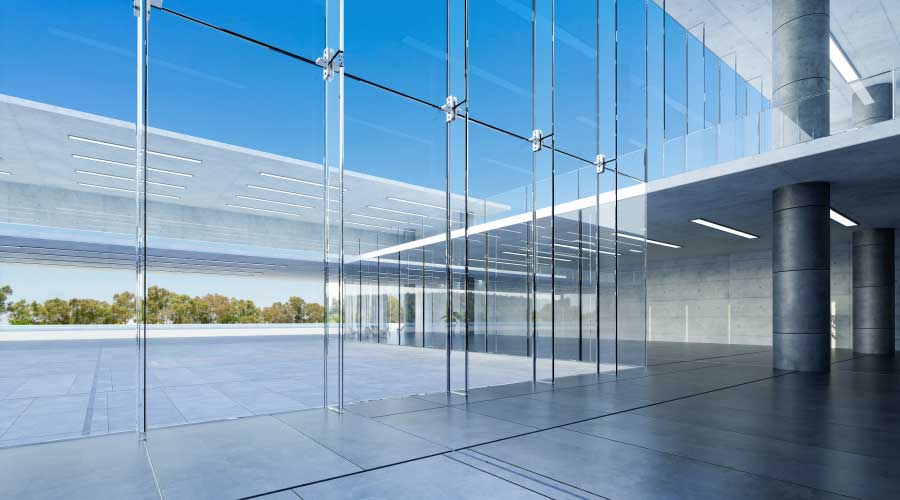DOE Rolls Out New Energy-Efficient Window Prototype
A new window prototype developed in conjunction with the U.S. Department of Energy (DOE) could save billions of dollars in energy costs, DOE has announced.
A new window prototype developed in conjunction with the U.S. Department of Energy (DOE) could save billions of dollars in energy costs, DOE has announced.
The new concept is the result of a partnership between DOE's Lawrence Berkeley National Laboratory (LBNL) and Sage Electrochromics Inc.
Several technologies have been optimized and integrated for the first time into the window prototype, including:
-SageGlass, a dynamic electrochromic glass that can be electrically controlled to change from clear to dark.
-Low-emissivity (low-E) glass coatings, which are microscopic metal or metallic oxide layers that help control heat transfer through windows. Low-E glass coatings are in more than one-half of windows sold today and have saved the country over $8 billion in energy costs, according to DOE.
Other technologies incorporated into the prototype include an unsealed internal plastic triple pane, a krypton gas filler and an insulating frame. This is the first time that all of these technologies have been optimized in an integrated fashion, DOE says.
DOE's goal is to have the prototypes incorporated into affordable, mass-produced window products. In the long term, DOE hopes to see windows on the market that are as energy efficient as today's walls and that can actually become a net-energy provider.
Related Topics:










